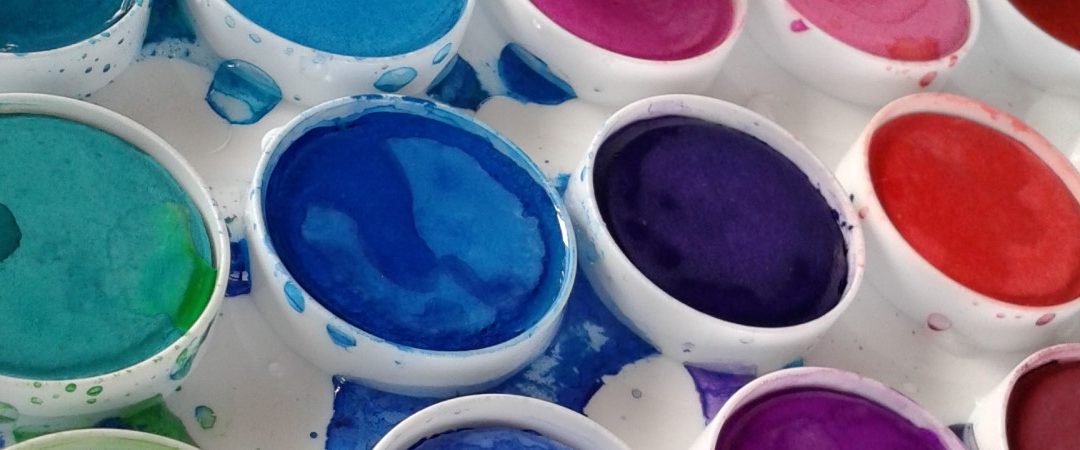Different colors can have different meanings. For example, the color red is often associated with anger or danger, while the color blue is often associated with calm or peace. The color yellow is often associated with happiness or optimism, while the color black is often associated with sadness or death. Of course, these are not the only associations that colors can have – different cultures can have different associations for different colors. In some cultures, white is associated with death, while in others it is associated with purity or innocence. Ultimately, the meaning of a color is determined by the context in which it is seen.

What Does the Color Black Mean?
The color black is often associated with darkness, mystery, and negativity. In some cultures, black is seen as a color of mourning or bad luck. However, black can also be seen as a color of strength and power. In many cases, it is seen as a color of sophistication and elegance. It is also the color of choice for many athletes and military personnel, as it can help to convey a sense of authority and discipline.
Want to know more? See our dedicated article for more nuance and detail about the color black!

What Does the Color White Mean?
Color is a basic property of light that is determined by its wavelength. White light is a colorless, perfect mixture of all visible colors. It has no hue but it does have tint and shade. White objects fully reflect and scatter all the visible wavelengths of light. When it comes to color symbolism, white represents purity, perfection, peace, and new beginnings. In color psychology, white is often associated with clarity, fresh starts, and newness. It’s also associated with cleanliness,safely, and innocence. In Western cultures, white is often worn by brides on their wedding day because it symbolizes purity and innocence.
Want to know more? See our dedicated article for more nuance and detail about the color white!

What Does the Color Gray Mean?
Gray is often seen as a color of neutrality and values. It’s one of the most popular colors used in design and decor because it can create a sense of calm and composure, especially when used in bedrooms and bathrooms. Gray can also be seen as a color of sophistication, often associated with business suits and sleek, expensive cars. Some people see gray as a color of sadness, but it can also represent neutrality or an unbiased approach. In nature, gray is often associated with rain and clouds, but it can also be found in stones and rocks. Animals that are gray in color are often predators, such as sharks, eagles, and wolves.
Want to know more? See our dedicated article for more nuance and detail about the color gray!
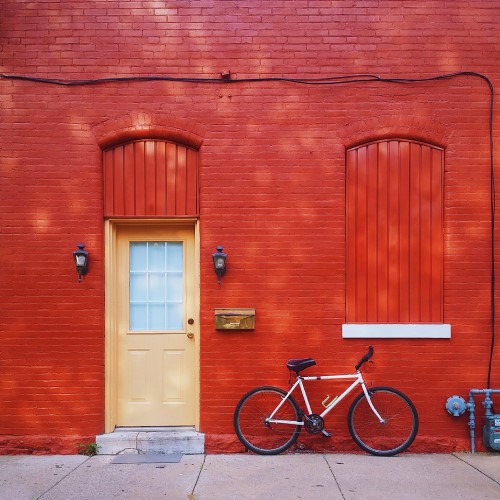
What Does the Color Red Mean?
The color red is often associated with strong emotions such as anger, passion, or love. In fact, research has shown that the color red can actually increase heart rate and blood pressure. For this reason, it is often used as a warning sign or to grab attention. Red can also be seen as a symbol of power or danger. In many cultures, red is considered to be a lucky color. It is also the color of many national flags, including those of China and Russia. Whether you see it as a sign of danger or good luck, there’s no doubt that the color red makes a strong statement.
Want to know more? See our dedicated article for more nuance and detail about the color red!
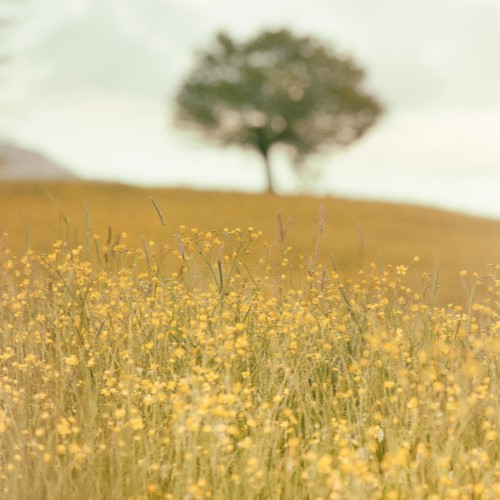
What Does the Color Yellow Mean?
The color yellow is often associated with happiness, sunshine, and warmth. It can also represent caution or cowardice. In color psychology, yellow is associated with mental clarity and freshness. Yellow is also the color of gold, which represents wealth and luxury. In some cultures, yellow is seen as the color of royalty. In others, it represents spiritual power or healing. Yellow can also be used to create a sense of harmony or balance. When used in design, yellow can add a touch of playfulness or cheerfulness. It can also be used to create a calm and relaxing atmosphere.
Want to know more? See our dedicated article for more nuance and detail about the color yellow!
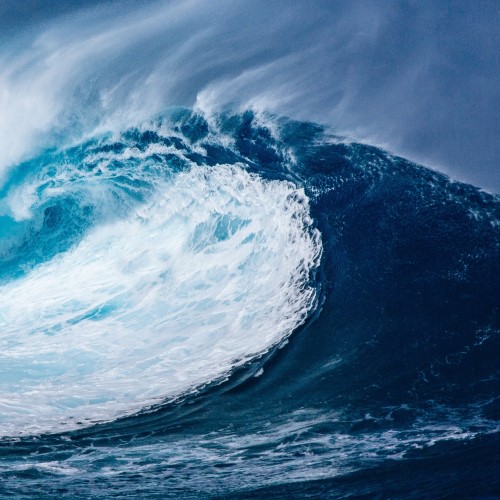
What Does the Color Blue Mean?
Blue is the color of the sky and the ocean, so it is no wonder that it is often associated with feelings of calm and peace. In fact, studies have shown that blue can help to lower heart rate and blood pressure. It is also a color that is often used in decorating because it has a calming effect. Blue can also be seen as a symbol of loyalty and trustworthiness. Because of its connection to the sky and the ocean, blue is also often seen as a color that represents vastness and possibilities.
Want to know more? See our dedicated article for more nuance and detail about the color blue!

What Does the Color Green Mean?
Green is often used to represent nature, life, and growth. In the western world, green is often associated with springtime, new beginnings, and renewal. It is also the color of money, which might explain why it is often used in advertising and branding. Interestingly, studies have shown that people tend to associate green with positive emotions such as hope, happiness, and kindness. In contrast, other colors such as red and black are more likely to be associated with feelings of anger or fear.
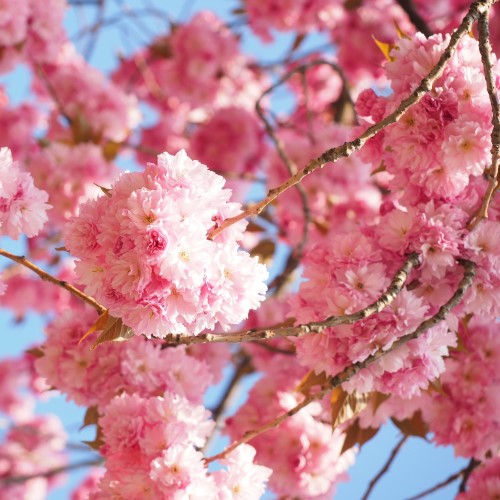
What Does the Color Pink Mean?
The color pink is often associated with femininity, romance, and sweetness. It is also seen as a symbol of caring and compassion. In color psychology, pink is often seen as a sign of hope and optimism. Pink is also associated with youthfulness and innocence. Some people see the color pink as calming, while others find it to be excitement-inducing.

What Does the Color Orange Mean?
Orange is often associated with happiness, sunshine, and creativity. In color psychology, orange is a vibrant and outgoing color. It is associated with adventure, risk-taking, and determination. Orange also promotes a sense of well-being and pleasurable emotions. For example, the color orange is often used in branding for food items because it makes people feel happy and excited about eating them. When used in design, orange can create a warm and inviting atmosphere. It is also said to stimulate mental activity and increase energy levels.
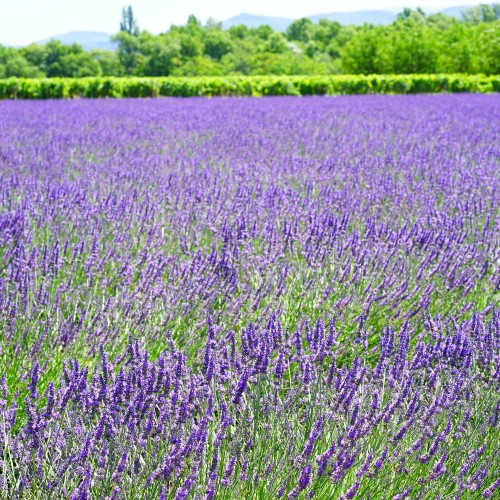
What Does the Color Purple Mean?
The color purple has a variety of meanings and associations. In Western cultures, it is often associated with royalty and wealth. This is due to the fact that purple was once a very rare and expensive color to produce. In Eastern cultures, purple often has spiritual connotations, and is associated with wisdom and intuition. It is also the color of mourning in many Asian countries. The color purple can also be associated with creativity and imagination, as well as with femininity.

What Does the Color Brown Mean?
The color brown is often associated with natural colors such as earth, wood, and stone. It can also be seen as a color of stability and reliability. Brown is sometimes seen as a color of sadness or depression. It is also a color that can represent financial trustworthiness and independence. In color psychology, brown is a color that symbolizes comfort and security. It is often seen as a color of relaxation and connectivity to nature. Brown can also be seen as a color of earthiness, simplicity, and solidity. It can be used to create a feeling of warmth and foundation. When used in design, brown can create an inviting and comfortable feeling.

